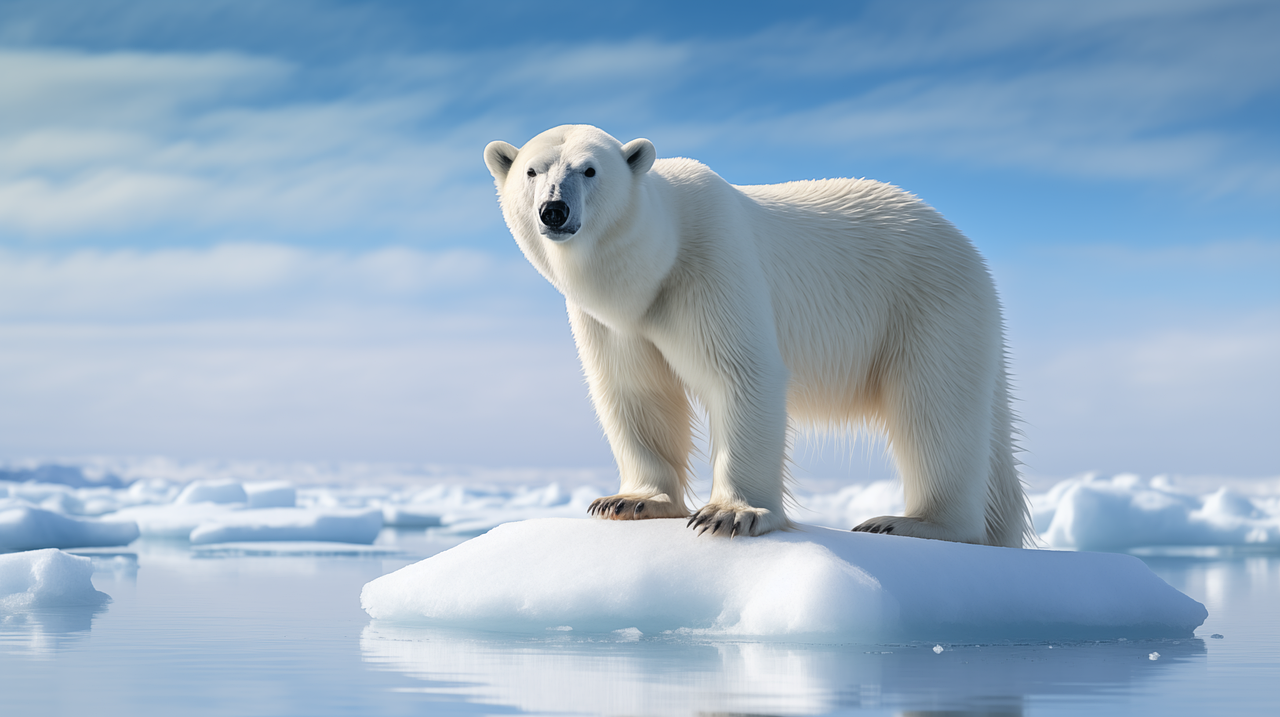
The Arctic could see summer days with practically no ice over 10 years earlier than projections
New Delhi:
The Arctic could see summer days with practically no ice could occur over 10 years earlier than previous projections, under all emissions scenario, new research has found.
Researchers said that the previous projections focused on when the region would be ice-free for a month or more. Greenhouse gas emissions are the main contributors for the phenomenon, they said.
Previous studies had found that by mid-century, the Arctic is likely to see an entire month without floating ice during September with its sea ice extent at its minimum, while at the end of the century, the ice-free season could last several months in a year.
In this study, published in the journal Nature Reviews Earth & Environment, the research team from the University of Colorado Boulder, US, projected that the Arctic Ocean could become ice-free for the first time on a late August or early September day between the 2020s and the 2030s.
Not literally meaning “zero ice”, the researchers explained that the “ice-free” threshold referred to when the ocean has less than 1 million square kilometres of ice – less than 20 per cent of the seasonal minimum ice cover in the 1980s. In recent years, the Arctic Ocean has been documented to have around 3.3 million square kilometres of sea ice area at its minimum in September.
“This would transform the Arctic into a completely different environment, from a white summer Arctic to a blue Arctic. So even if ice-free conditions are unavoidable, we still need to keep our emissions as low as possible to avoid prolonged ice-free conditions,” said lead author Alexandra Jahn, associate professor of atmospheric and oceanic sciences at the University of Colorado Boulder.
For the study, the researchers analysed existing literature on sea ice projections. They also analysed sea ice coverage data from computational climate models to assess how the Arctic might change daily in the future.
They found that the first day when the Arctic went ice free would occur on average four years earlier than the monthly averages, but could occur up to 18 years earlier.
The findings regarding sea ice declines have significant implications for Arctic animals relying on sea ice for survival, including seals and polar bears. Further, non-native fish too could move into the ocean as it continues to warm up, the researchers warned.
Also, as sea ice retreats, ocean waves could get bigger and cause coastal erosion, risking the lives of those living near these regions, they said.
However, the researchers also said that Arctic sea ice is resilient and can return quickly if the atmosphere cools down.
“Unlike the ice sheet in Greenland that took thousands of years to build, even if we melt all the Arctic sea ice, if we can then figure out how to take CO2 back out of the atmosphere in the future to reverse warming, sea ice will come back within a decade,” said Jahn.
(Except for the headline, this story has not been edited by NDTV staff and is published from a syndicated feed.)




